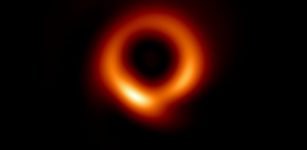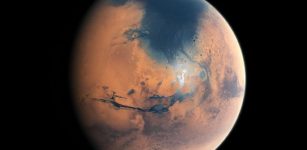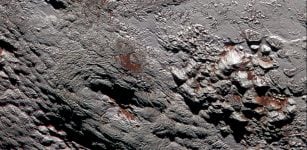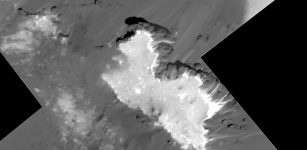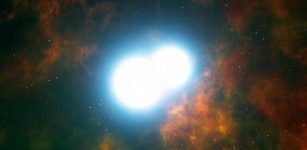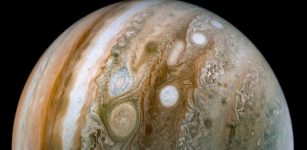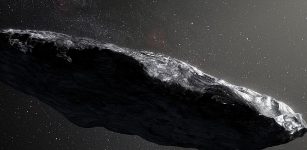NASA’s Parker Solar Probe To Explore The Sun’s Corona Will Be Launched In Early August
MessageToEagle.com – It is expected that NASA’s Parker Solar Probe will be launched in early August. It is the first NASA’s mission of this kind. The car-sized spacecraft will study the Sun closer than any human-made object ever has.
Using Venus’ gravity, the Probe will gradually get closer to the sun over the course of 7 years. The Probe will fly to the sun’s corona, providing the closest observations of a star to date. The main mission goals are to understand how energy and heat move through the corona and learn what accelerates the solar wind and energetic particles.
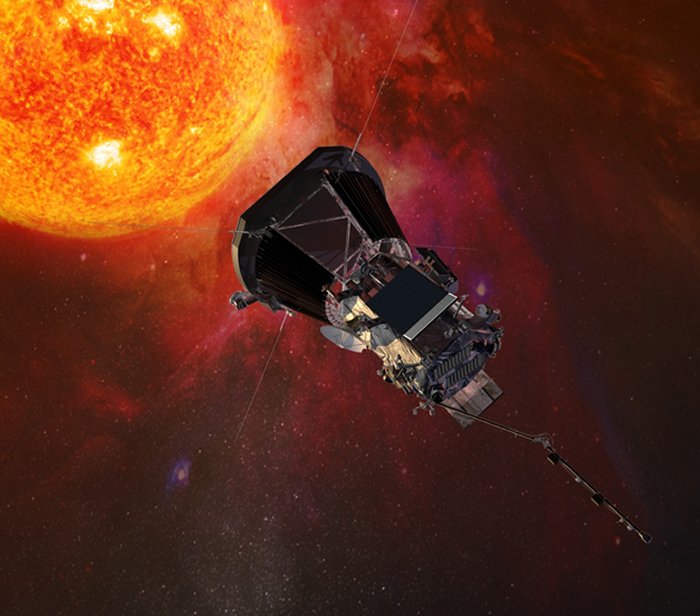
According to info on the website, “At closest approach, Parker Solar Probe hurtles around the sun at approximately 430,000 mph (700,000 kph). That’s fast enough to get from Philadelphia to Washington, D.C., in one second.”
“The spacecraft will need to withstand temperatures that reach almost 2,500 F, or 1,377 C. This is possible through advances in thermal engineering.”
“We’ve been studying the Sun for decades, and now we’re finally going to go where the action is,” said Alex Young, associate director for science in the Heliophysics Science Division at NASA’s Goddard Space Flight Center in Greenbelt, Maryland.
Our Sun is far more complex than meets the eye. Rather than the steady, unchanging disk it seems to human eyes, the Sun is a dynamic and magnetically active star. The Sun’s atmosphere constantly sends magnetized material outward, enveloping our solar system far beyond the orbit of Pluto and influencing every world along the way.
“The Sun’s energy is always flowing past our world,” said Nicky Fox, Parker Solar Probe’s project scientist at the Johns Hopkins University Applied Physics Lab in Laurel, Maryland.
“And even though the solar wind is invisible, we can see it encircling the poles as the aurora, which are beautiful – but reveal the enormous amount of energy and particles that cascade into our atmosphere. We don’t have a strong understanding of the mechanisms that drive that wind toward us, and that’s what we’re heading out to discover.”
There are many unanswered questions about or Sun.
One of those questions is the mystery of the acceleration of the solar wind, the Sun’s constant outflow of material.
Data shows that many changes happen in the corona, a region of the Sun’s atmosphere that Parker Solar Probe will fly directly through, and scientists plan to use Parker Solar Probe’s remote and in situ measurements to shed light on how this happens.
Interesting is also the secret of the corona’s enormously high temperatures. The visible surface of the Sun is about 10,000 F – but, for reasons we don’t fully understand, the corona is hundreds of times hotter, spiking up to several million degrees F. This is counterintuitive, as the Sun’s energy is produced at its core.
“It’s a bit like if you walked away from a campfire and suddenly got much hotter,” said Fox.
Parker Solar Probe needs is energy – getting to the Sun takes a lot of energy at launch to achieve its orbit around the Sun. That’s because any object launched from Earth starts out traveling around the Sun at the same speed as Earth – about 18.5 miles per second – so an object has to travel incredibly quickly to counteract that momentum, change direction, and go near the Sun.
The timing of Parker Solar Probe’s launch – between about 4 and 6 a.m. EDT, and within a period lasting about two weeks – was very precisely chosen to send Parker Solar Probe toward its first, vital target for achieving such an orbit: Venus.
“The launch energy to reach the Sun is 55 times that required to get to Mars, and two times that needed to get to Pluto,” said Yanping Guo from the Johns Hopkins Applied Physics Laboratory, who designed the mission trajectory. “During summer, Earth and the other planets in our solar system are in the most favorable alignment to allow us to get close to the Sun.”
The spacecraft will perform a gravity assist to shed some of its speed into Venus’ well of orbital energy, drawing Parker Solar Probe into an orbit that – already, on its first pass – carries it closer to the solar surface than any spacecraft has ever gone, well within the corona. Parker Solar Probe will perform similar maneuvers six more times throughout its seven-year mission, assisting the spacecraft to final sequence of orbits that pass just over 3.8 million miles from the photosphere.
MessageToEagle.com

